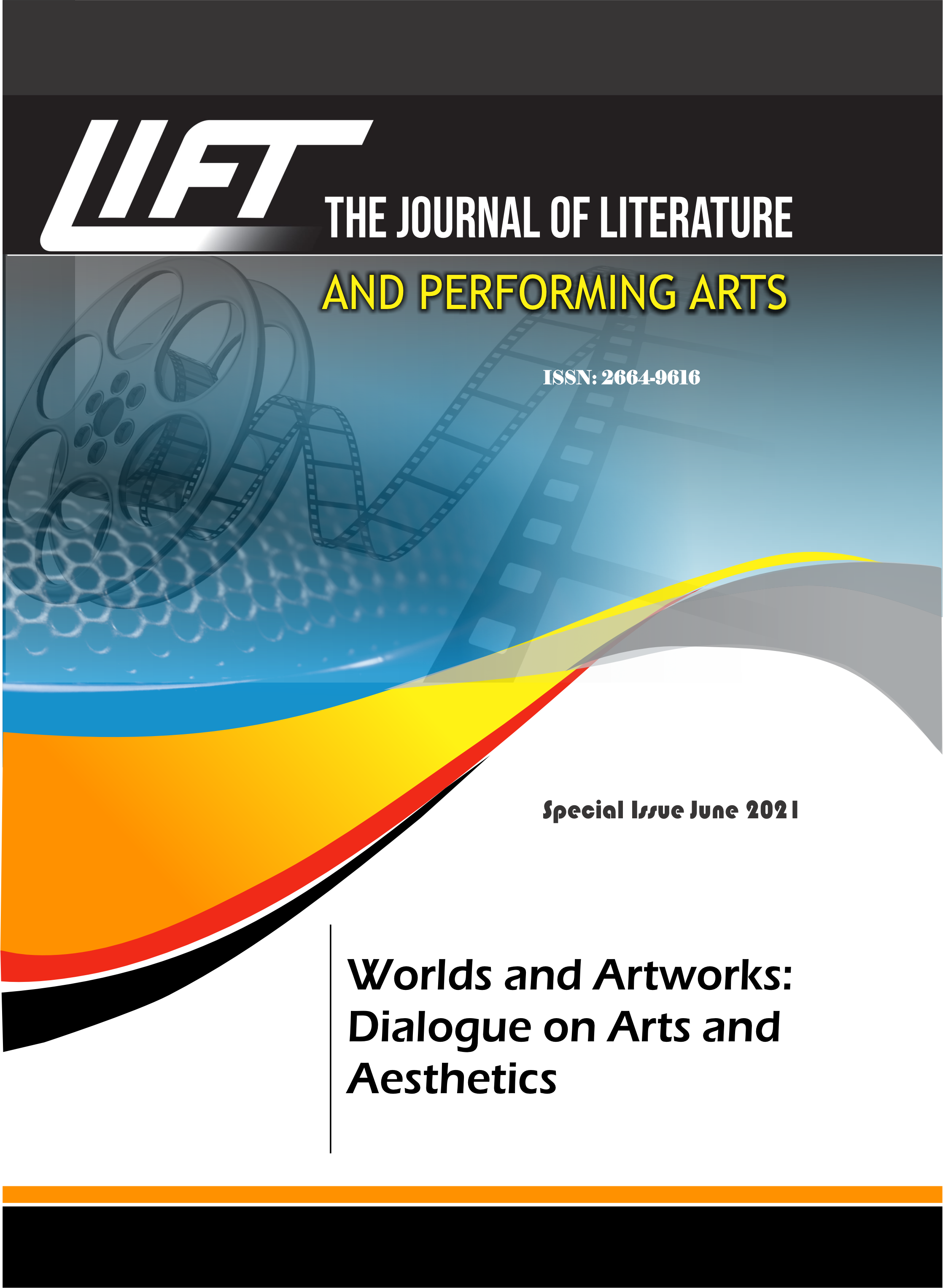The Transatlantic Slave Trade and the Reimagination of Colombian Identity in the Poetry of Jorge Artel
Keywords:
Sea, Ancestor, Colombia, Identity, Memory, ExclusionAbstract
The literary tradition of South America has generally been imagined and legitimized in terms of the continent’s Hispano-American cultural heritage, epistemologies, and genealogies. Amid this hegemonic tradition, Black and Indigenous cultural presences and creative imaginaries have been relegated in favor of Hispano-American worldviews. Artistic creations by these “other” subjects have long been considered secondary to the Creole/mestizo canons, and have thus not benefited from the same degree of critical attention and circulation in mainstream literary circles. However, the trend is gradually changing, at least with regard to Afro-Colombian literature, as new generations of creative voices have gradually gained space and interrogated the generally accepted paradigms of Colombian identity. In the same vein, works long shunned by critics and the reading public have been reevaluated and granted increased editorial attention, critical scrutiny, and legitimizing awards. Jorge Artel’s poetry reinscribes Black bodies, cultural symbols, epistemologies, and legacies of the transatlantic slave trade into Colombian national history. His poetry, which is inscribed within the negrista tradition, reexamines the Colombian Atlantic space, especially his home city of Cartagena de Indias, questioning entrenched cultures of marginalization. His collection, Tambores en la Noche (Drums in the Night), first published in 1940, can be considered a reimagination of that city’s memorial cartography in order to underline the vestiges of enslaved Africans and their continuous configuration of Colombian national identity.

